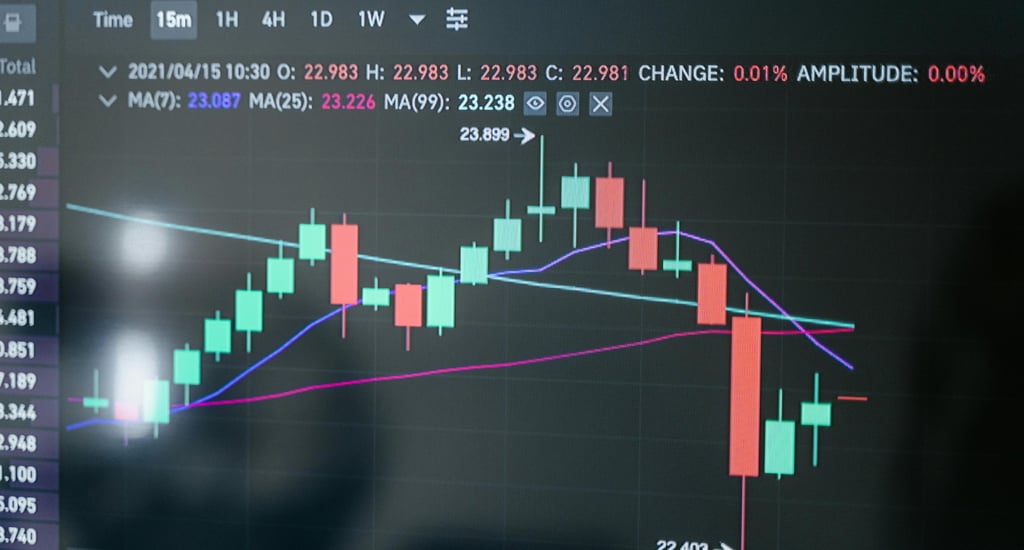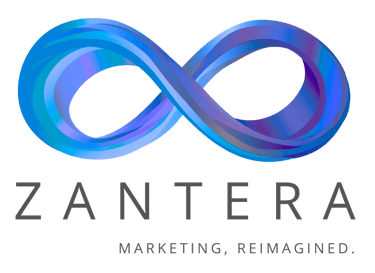The Rise of PLG (Product-Led Growth): Can It Work for Service Businesses?
In recent years, Product-Led Growth (PLG) has evolved from a Silicon Valley buzzword to a mainstream growth strategy used by some of the world’s fastest-scaling companies. Giants like Slack, Zoom, Notion, and Canva have cracked the code growing revenue exponentially by letting the product sell itself.
But as PLG takes over the SaaS landscape, one question is gaining traction in boardrooms and strategy decks alike:


What Is Product-Led Growth (PLG)?
Product-Led Growth is a go-to-market model where the product itself becomes the primary driver of customer acquisition, conversion, and retention. Instead of relying heavily on sales-led or marketing-led funnels, PLG businesses let users experience value through free trials, freemium models, self-onboarding, and usage-based expansion.
Key traits of PLG:
Frictionless onboarding
Freemium or free trial offerings
Self-serve product experiences
In-product engagement and upsell flows
According to OpenView’s 2024 Product-Led Growth Report:
58% of SaaS companies adopted PLG as their primary GTM strategy.
PLG companies grow 2.2x faster than their peers at scale.
PLG companies generate 35% lower CAC (Customer Acquisition Cost).
But What About Service Businesses?
Service companies like agencies, consulting firms, digital marketing teams, or SaaS integrators don’t have a downloadable app or software dashboard to demo. So, how can they adopt a PLG mindset? Here’s how: Turn services into structured, scalable, and productized experiences.
How PLG Can Be Adapted for Service-Based Businesses
Productize the Service Offering
Break down your custom services into predefined, easy-to-understand packages. Think of these as your “products.”
For example, instead of offering a vague “SEO strategy,” offer a clearly defined “14-Day SEO Starter Package” with set deliverables, timelines, and pricing.
Offer Free Tools, Templates, or Audits
Give value before you ask for anything. Create free marketing audit tools, content calendars, or automation flow templates that users can access without sales friction.
This mimics the “freemium value” aspect of PLG.
Create a Self-Serve Onboarding Experience
Develop an automated journey for lead nurturing using marketing automation tools. Once someone downloads your free audit, guide them via email flows, explainers, or even chatbot-driven demos toward premium service packages.
In-Service Activation & Upsell
Use the onboarding or first-service experience to trigger targeted upsells. Example: after completing a landing page design, offer an upgrade into a full funnel package based on performance.
Referral and Community-Led Expansion
Leverage case studies, testimonials, and community forums. Encourage clients to refer others by offering discounts, credits, or access to premium content.
Real-World Examples of PLG in Services
Design Pickle: A graphic design subscription service that productized creative services with monthly plans, request limits, and a dashboard — growing into an 8-figure business.
Bench Accounting: Offers a free trial of their bookkeeping service with a structured demo call converting 30% of free users into paid clients.\n
WebFx: A marketing agency that provides instant SEO audits and cost estimators converting users without sales calls.
Can PLG work for service businesses?
The answer: Yes, but with a shift in mindset and execution.
Future of PLG for Services, What Numbers Tell Us
By 2027, it’s projected that:
40% of mid-size service businesses will shift from custom consulting models to productized offerings (Gartner).
B2B buyers will complete 80% of their journey before talking to a sales rep, making PLG-style engagement critical (Forrester).
Companies that adopt PLG principles for their services can reduce CAC by up to 28% and increase conversion rates by 35% within 12 months.
The move from selling “hours” to selling “outcomes” is not just a pricing tactic - it’s a shift toward predictable growth.
High-Performing Keywords for SEO Visibility (2025)
Product-led growth for service businesses
PLG strategy for agencies
Productized services examples
How to scale consulting services
Service business automation
Freemium model for service firms
Reduce CAC in service industry
(Use these naturally across headings, meta descriptions, and alt text to boost SEO.)
Final Thoughts: PLG Is a Mindset, Not Just a Model
You don’t need a product to go product-led you need a repeatable, scalable service that delivers clear value without friction.
At Zantera, we’ve helped service-first businesses evolve their GTM with automation, productization, and scalable campaign frameworks that align with PLG principles.
So, if you’re a marketing agency, consultancy, or freelance business wondering if PLG is for you - the answer is yes. Start with one productized service, one automated onboarding flow, and one freemium offer. The compounding growth will follow.
Ready to Transform Your Services with a PLG Strategy?
Let Zantera help you build a scalable, productized model that brings in leads, improves ROI, and keeps clients coming back.
👉 Book a free growth consultation
👉 Explore our success stories with service-based clients


Address:
WeWork Enam Sambhav, C – 20, G Block, Bandra Kurla Complex, Bandra East,
Mumbai – 400051
Phone:
+91 9987355665
Email:
Monday to Friday – 10 AM to 6 PM (IST)
Office Hours:
contact@zantera.io
Marketing isn't just about reach - it's about results
Zantera helps you cut through the noise with targeted, high-performing strategies across every platform. We power digital transformation for IT, Retail, Healthcare, Finance, and beyond.
Get ready to grow, scale, and lead.
Zantera™ © 2025. All Rights Reserved. | Privacy Policy | Terms | Cookie Policy
Strategically powered by Raed.
